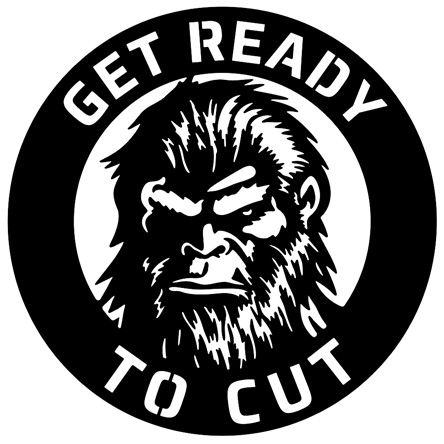SignTorch
Artist
The fail-safe break-away torch holder prototype is working out great. I just need to change the mounting position to get the torch in closer near where it was originally, add a gusset where the magnet plate flexes at the bend, run the switch wires out the bottom, add screw stop to make the torch clamp angle repeatable, and put a knob on the clamp bolt for tool-less torch removal.
It has one bolt clamping the torch in, it doesn't have to be much more than finger tight, it holds the torch very straight and repeatable, so it takes about 10 seconds to remove the torch and put it back in, without having to re-square it every time. It has totally separate and fixed plumb adjustment in the X-Z plane and X-Y plane, so it is easy to fine tune torch alignment.
The magnet plate on the torch sits on top of the fixed magnet plate so it doesn't rely on magnet strength to carry the weight, the magnets just hold the torch down, and the torch doesn't fall when it does break away.
The switch trips open before the magnets completely disengage the pockets that they ride in, and it's a 3 point alignment, so it holds perfect alignment and trips if the plates come out of alignment in the slightest. It is wired as a limit switch so it detects all collisions during cutting and during rapids and plunges. With Mach3 soft limits, you can just soft-reset, back away, clear the obstruction, and go again.
It is surprisingly easy to make. It just takes a 5/16" drill, a tapered plumbers reamer, and a 90 degree countersink to get the magnets just right. And the torch clamp just folds right into shape so easily and works like a charm.
I will explain it all better later, I still have some testing and refining to do on this and the touch sensor circuit. For now, I just needed to get this much done to proceed on further into basic height control. It's a big relief to have the prototypes working. Stay tuned...
It has one bolt clamping the torch in, it doesn't have to be much more than finger tight, it holds the torch very straight and repeatable, so it takes about 10 seconds to remove the torch and put it back in, without having to re-square it every time. It has totally separate and fixed plumb adjustment in the X-Z plane and X-Y plane, so it is easy to fine tune torch alignment.
The magnet plate on the torch sits on top of the fixed magnet plate so it doesn't rely on magnet strength to carry the weight, the magnets just hold the torch down, and the torch doesn't fall when it does break away.
The switch trips open before the magnets completely disengage the pockets that they ride in, and it's a 3 point alignment, so it holds perfect alignment and trips if the plates come out of alignment in the slightest. It is wired as a limit switch so it detects all collisions during cutting and during rapids and plunges. With Mach3 soft limits, you can just soft-reset, back away, clear the obstruction, and go again.
It is surprisingly easy to make. It just takes a 5/16" drill, a tapered plumbers reamer, and a 90 degree countersink to get the magnets just right. And the torch clamp just folds right into shape so easily and works like a charm.
I will explain it all better later, I still have some testing and refining to do on this and the touch sensor circuit. For now, I just needed to get this much done to proceed on further into basic height control. It's a big relief to have the prototypes working. Stay tuned...

